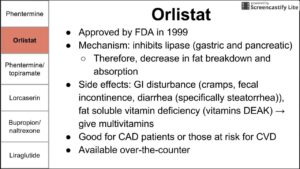What Happens During a Heart Attack? The heart muscle requires a constant supply of oxygen-rich blood to nourish it. The coronary arteries provide the heart with this critical blood supply. If you have coronary artery disease, those arteries become narrow and blood cannot flow as well as they should. Fatty matter, calcium, proteins, and inflammatory cells build up within the arteries to form plaques of different sizes. The plaque deposits are hard on the outside and soft and mushy on the inside. When the plaque is hard, the outer shell cracks (plaque rupture), platelets (disc-shaped particles in the blood that aid clotting) come to the area, and blood clots form around the plaque. If a blood clot totally blocks the artery, the heart muscle becomes “starved” for oxygen. Within a short time, death of heart muscle cells occurs, causing permanent damage. This is a heart attack. While it is unusual, a heart attack can also be caused by a spasm of a coronary artery. During a coronary spasm, the coronary arteries restrict or spasm on and off, reducing blood supply to the heart muscle (ischemia). It may occur at rest, and can even occur in people without significant coronary artery disease. Each coronary artery supplies blood to a region of heart muscle. The amount of damage to the heart muscle depends on the size of the area supplied by the blocked artery and the time between injury and treatment. Healing of the heart muscle begins soon after a heart attack and takes about eight weeks. Just like a skin wound, the heart’s wound heals and a scar will form in the damaged area. But, the new scar tissue does not contract. So, the heart’s pumping ability is lessened after a heart attack. The amount of lost pumping ability depends on the size and location of the scar.
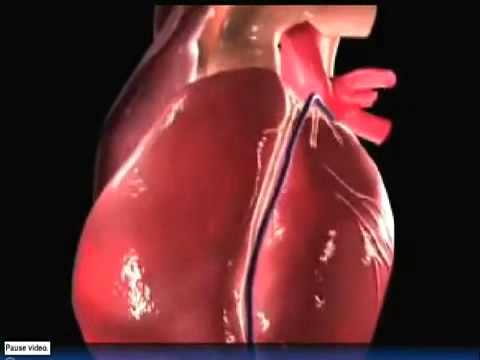
Watch Heart Attack in 3D
- Post author:
- Post published:May 23, 2021
- Post category:Uncategorized
- Post comments:0 Comments
You Might Also Like
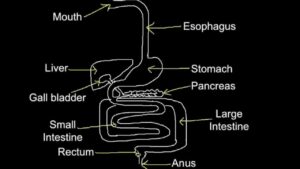
6.1 Skill: Produce an annotated diagram of the digestive system
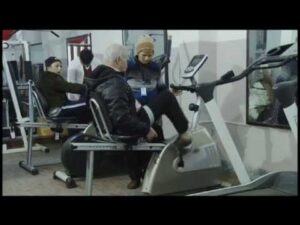
Geriatric Physiotherapy Video – 11

Skeletal system | Human skeletal system | Skeletal system function | The skeletal system
Hyper Extension With Ball
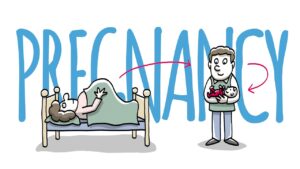
Nutrition In Pregnancy Video – 1
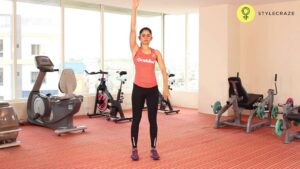
Dynamic Back Stretching Exercises | How To

Neuro-Linguistic Programming Video – 4
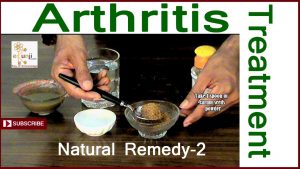
How To Cure Arthritis – Home Remedies for Arthritis – Arthritis Treatment – ekunji

Best Weight Loss Pills | Natural vs Pharmaceutical
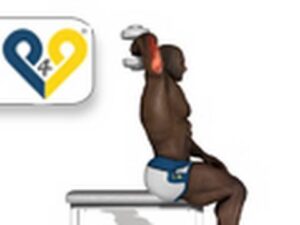
Dumbbells Triceps Extensions
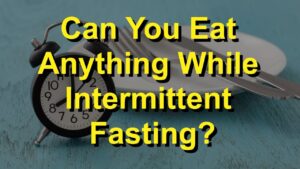
Intermittent Fasting & Fasting Video – 5
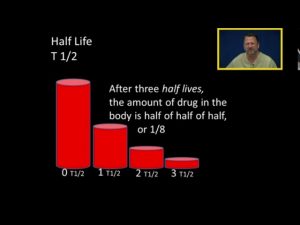
Half Life T1/2

5 Components of Fitness
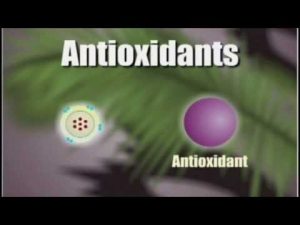
How Antioxidants Work

What is Acne and What is the Best Acne Treatment?

Stop Doing Dumbbell Rows Like This!
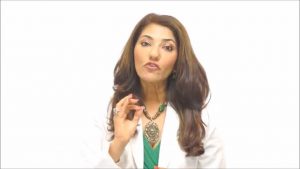
Medical Grade Supplements | Dr. Shel Wellness & Aesthetic Center
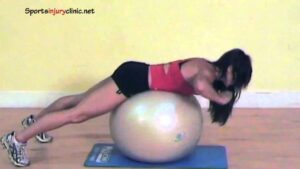
The Back Extension Exercise Using a Ball
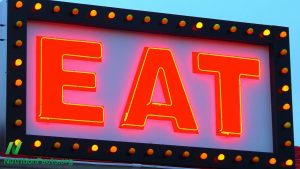
Antioxidant Rich Foods With Every Meal
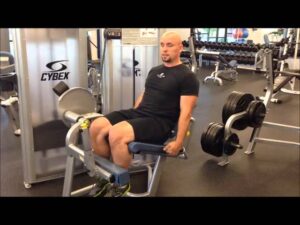
Leg Extension-7
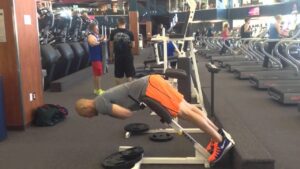
Back Extension
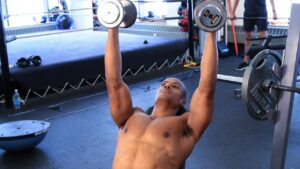
What Is a Set? | Gym Workout
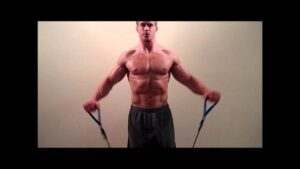
Shoulder band workout
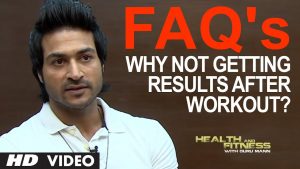
FAQ 1 – I’m doing exercise on regular basis and not getting the results? | Health and Fitness

Spa Day Video – 2
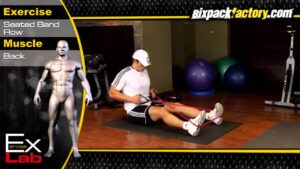
Seated Row-2
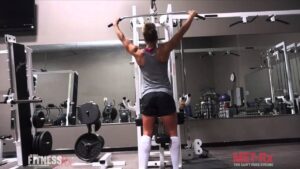
3 Lat Pulldown Variations
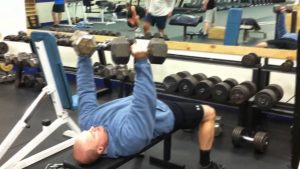
High Repetition Dumbbell Bench Press – Chest Building Exercise
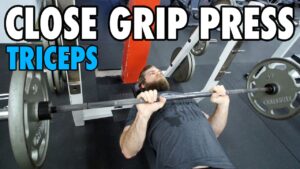
Close Grip Triceps Extension-4
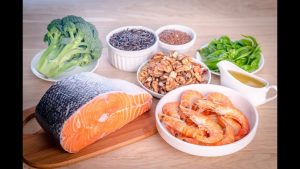
FOODS THAT LOWER BLOOD PRESSURE CAN CURE HIGH BLOOD PRESSURE
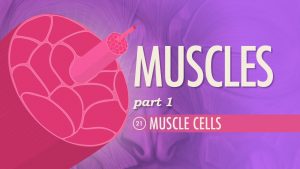
Muscles, Part 1 – Muscle Cells: Crash Course A&P #21
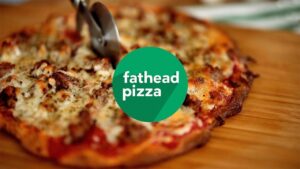
Keto Diet, Keto Foods, Keto Recipes Video – 24
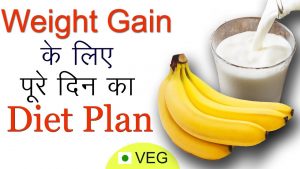
How to Gain Weight Fast | Vegetarian Diet Plan for Weight Gain in Hindi
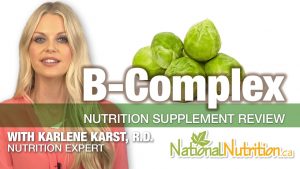
Professional Supplement Review – Vitamin B Complex
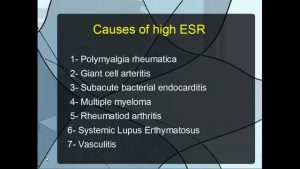
Notes on ESR Part 1

Bodybuilding Nutrition, Diet Recipes & Workout – 48

Water Changes Everything.
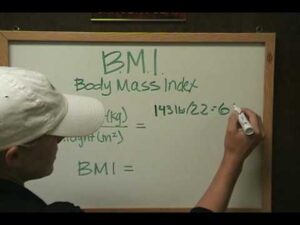
BMI Calculation
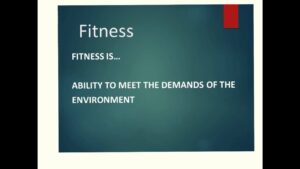
GCSE P.E. 1.1.3 Health, Fitness & Performance
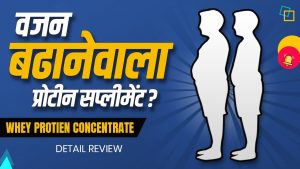
Does it gain weight? | ASITIS Whey Protein Concentrate – Usage & Benefits | Detail Review In Hindi
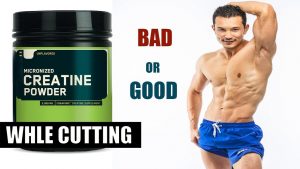
CREATINE ON CUTTING (क्रेटीने और कटिंग)- Does water retention |Causes bloating|
